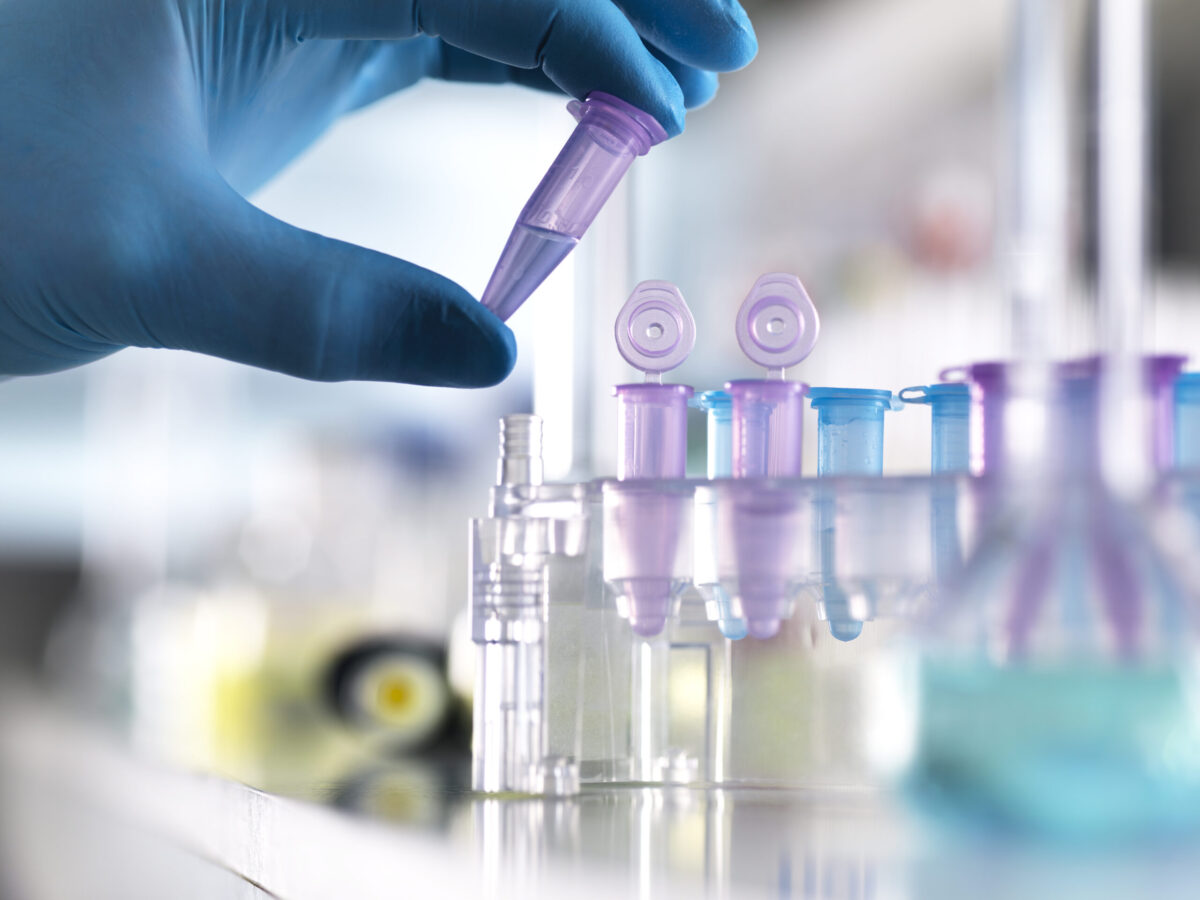British vaccine developer, Sarah Gilbert, has been honored with a Barbie doll. This one-of-a-kind doll looks just like her with long auburn hair, oversized black glasses and wears a pantsuit.
Gilbert is a professor at Oxford University who helped lead the development of the Oxford/AstraZeneca COVID-19 vaccine. She now shares the honor of having her own Barbie doll with celebrities such as Marilyn Monroe, Eleanor Roosevelt and Beyoncé.
She told The Guardian that she found this gesture to be “very strange” but then hoped that she would inspire young women to get into the fields of science, technology, engineering and mathematics (STEM).
“I am passionate about inspiring the next generation of girls into STEM careers and hope that children who see my Barbie will realize how vital careers in science are to help the world around us,” she said to The Guardian. “My wish is that my doll will show children careers they may not be aware of, like a vaccinologist.”
Other than Sarah Gilbert, the company decided to introduce Barbie dolls of five other women from around the world working in STEM to show the tremendous sacrifices that these frontline workers have contributed during the pandemic.
The five other women include Amy O’Sullivan and Dr. Audrey Cruz, both of whom work in the US. Dr. Chika Stacy Oriuwa is a Canadian doctor and campaigner, while Dr. Jaqueline Goes de Jesus is a Brazilian biomedical engineer. Finally, Dr. Kirby White, is an Australian medic and creator of the reusable gown for frontline workers.
Related: Women in Science Who Have Paved the Way Forward in Genetics
The introduction of these STEM Barbies is part of Mattel’s line of Barbie role model dolls.
“Barbie recognizes that all frontline workers have made tremendous sacrifices when confronting the pandemic and the challenges it heightened. To shine a light on their efforts, we are sharing their stories … to inspire the next generation to take after these heroes and give back,” said Lisa McKnight, the senior vice-president and global head of Barbie and dolls at Mattel.
In the past, Barbie has received some backlash on presenting little girls with unrealistic images of perfection that many believe led to eating disorders, which led to a decrease in sales. However, a Barbie makeover, which included promoting women of color and different sizes, caused an increase in sales during the pandemic.
In 2020, a Barbie video went viral when Barbie and her friend Nikki, another Mattel doll, discussed racism in a YouTube vlog, and this was during the time that the Black Lives Matter movement was growing. Mattel’s Barbie dolls, previously known for their blonde hair and “perfect” figure, have undergone a revamp to reflect the current times and focus on equality and diversity. They wanted kids to look at Barbies again as an aspirational model.
The STEM Barbies come at a time when the public is talking more about women in science. In 2020, a documentary titled, Picture a Scientist, was released which highlights the gender bias in the STEM world, where researchers and scientists exposed longstanding discrimination against women in science. The film allows viewers to question their preconceived notion of what an ideal scientist looks like by asking the audience to picture a scientist.
According to the United States Census Bureau, women are still underrepresented in the STEM workforce. In 1970, women occupied 8 percent of STEM workers; though this grew to 27 percent in 2019, these fields are still largely dominated by men.












Join or login to leave a comment
JOIN LOGIN